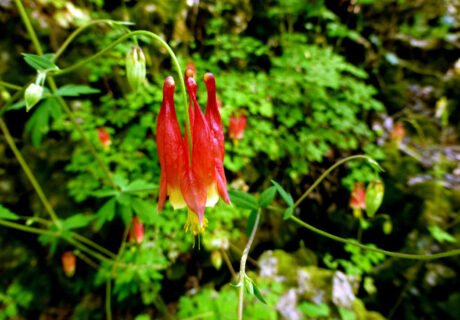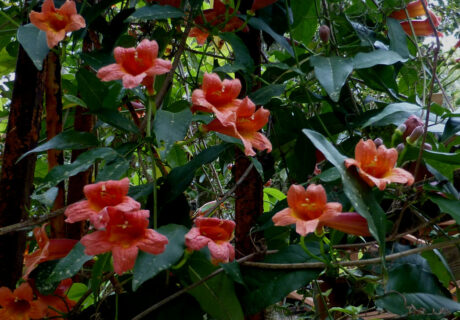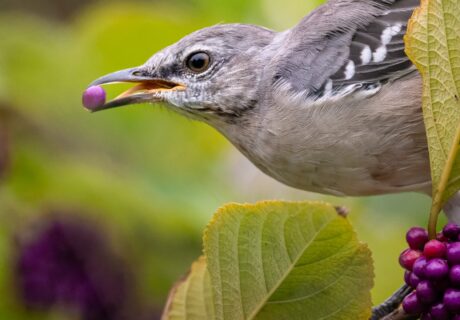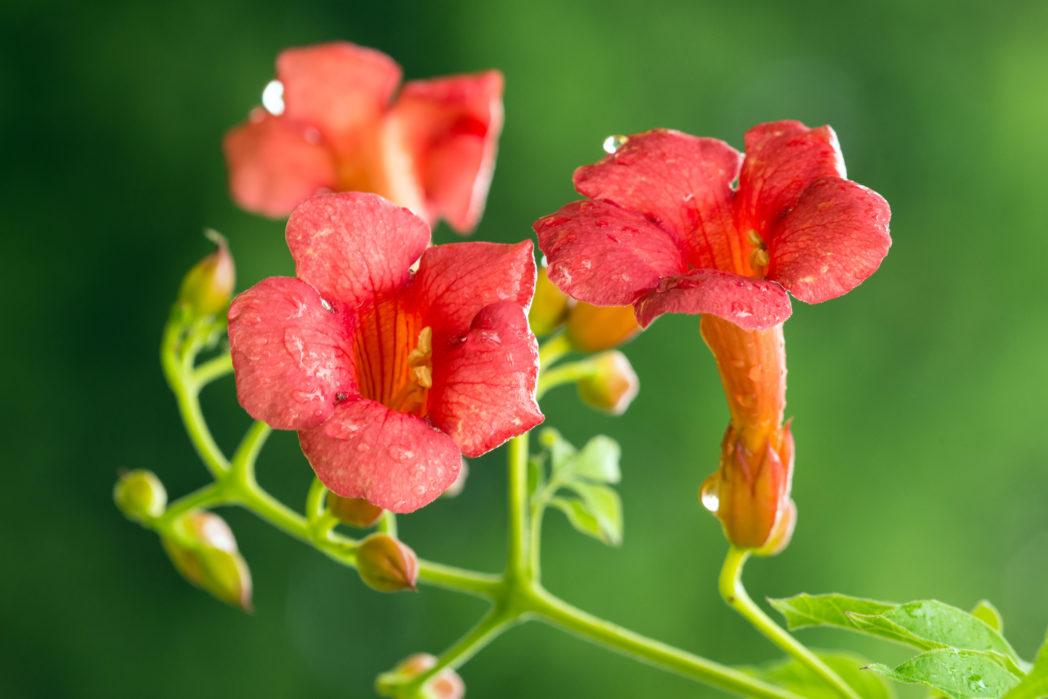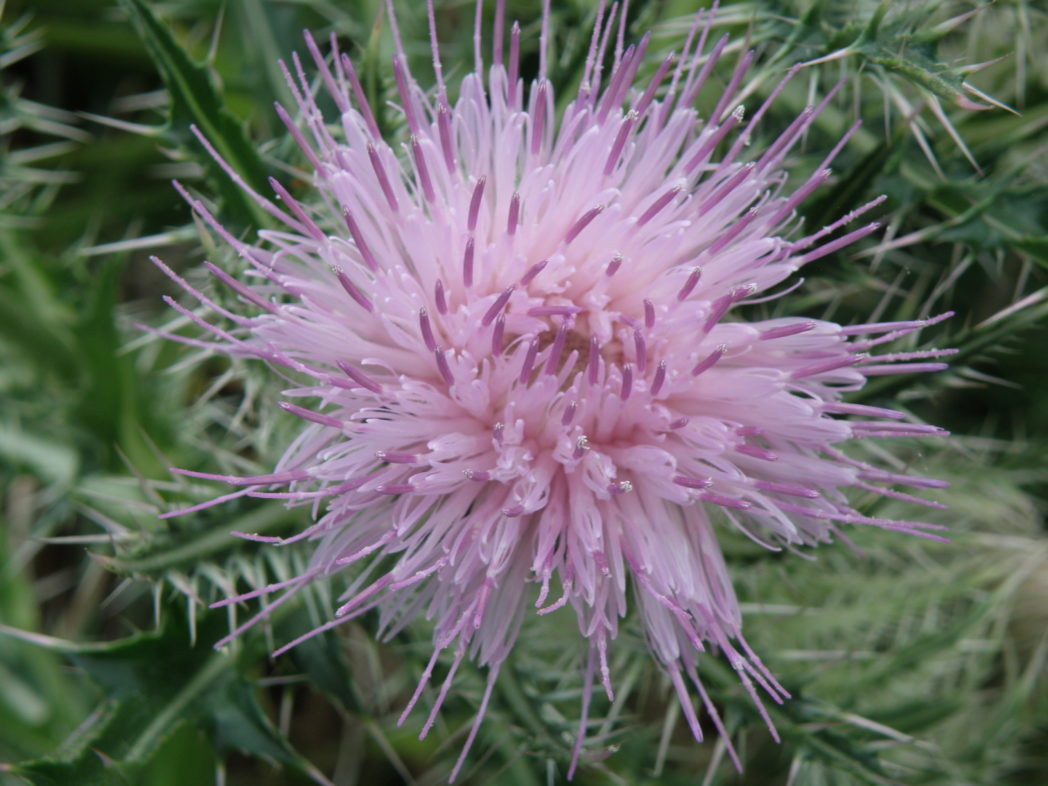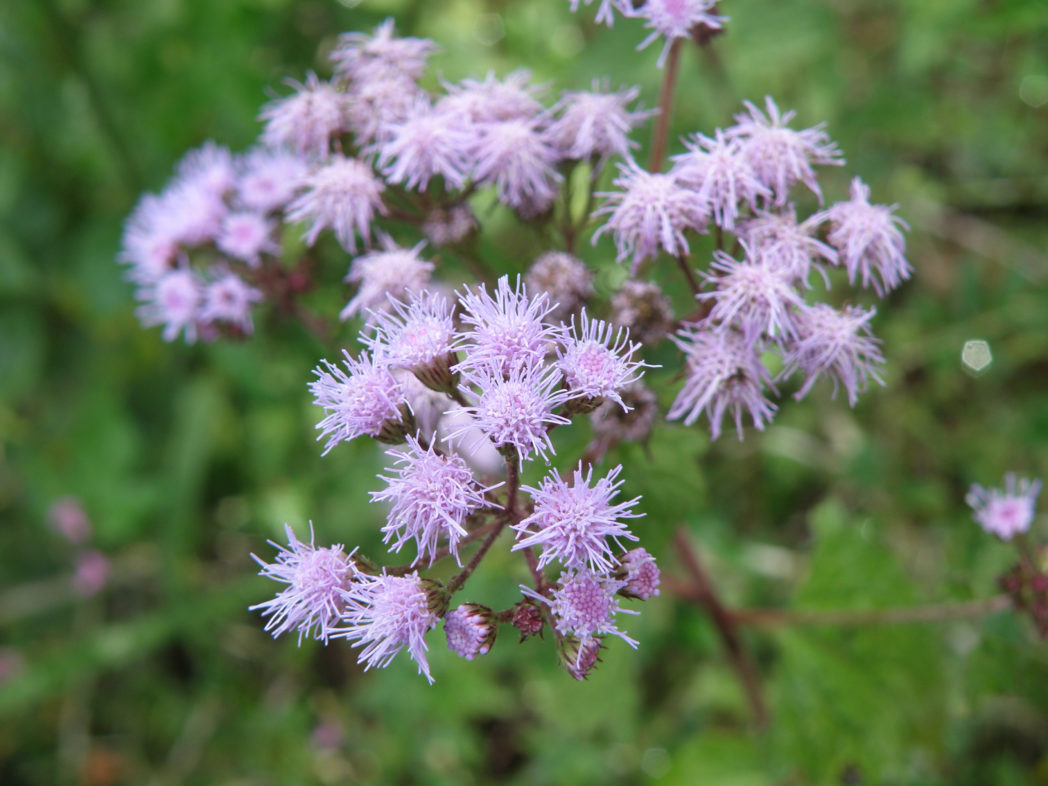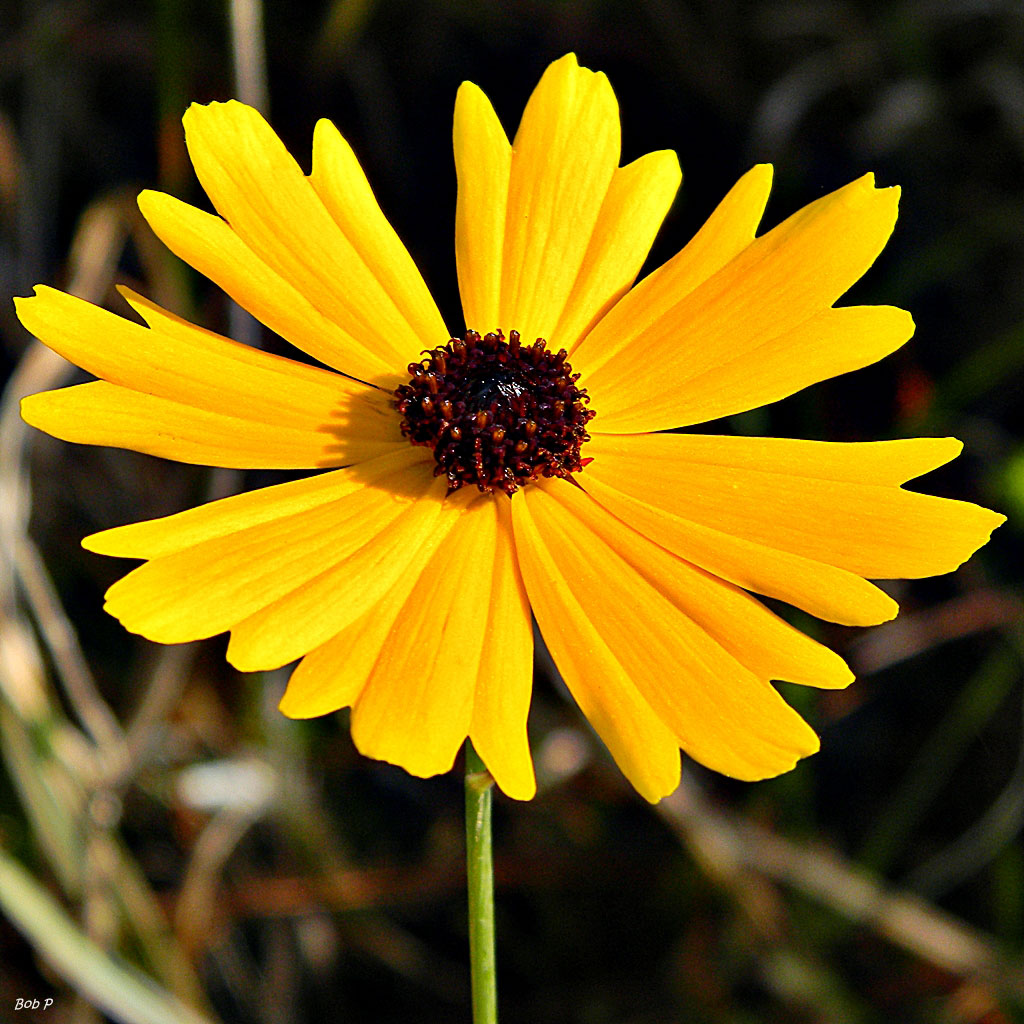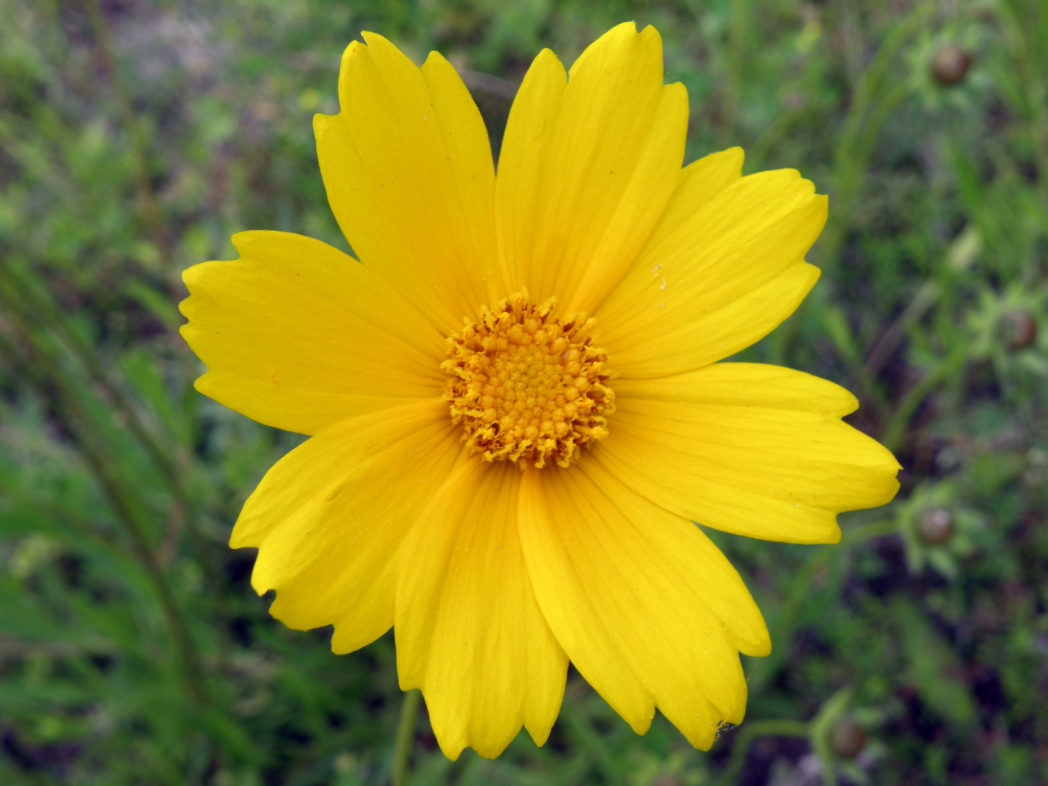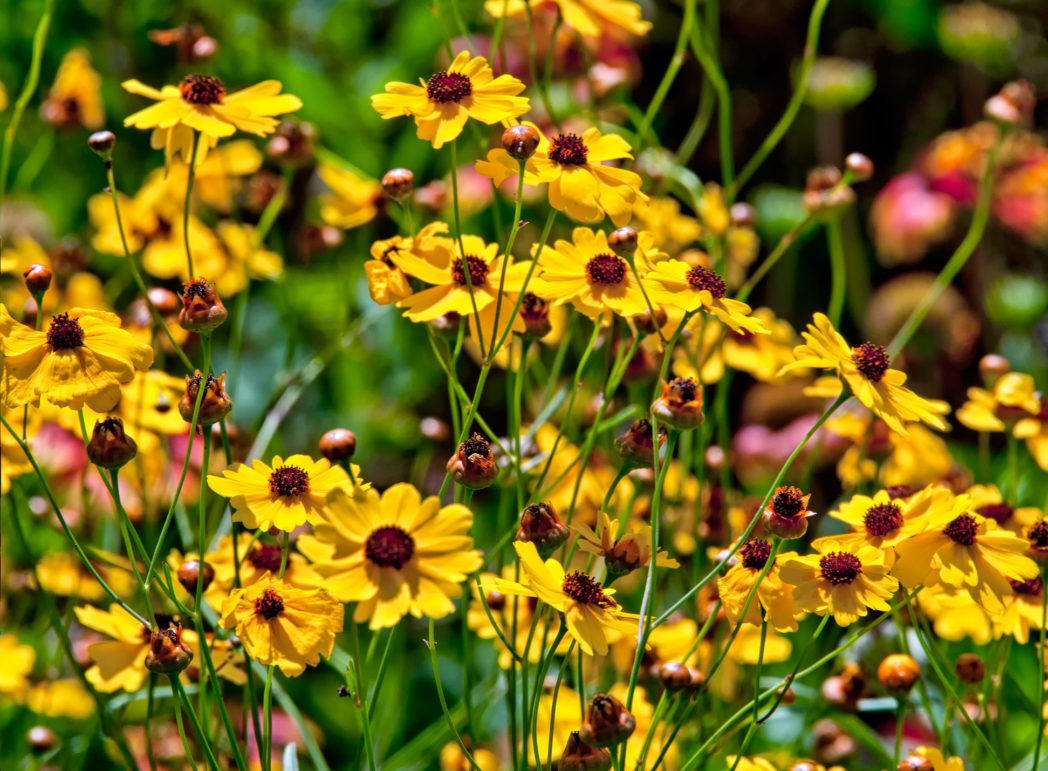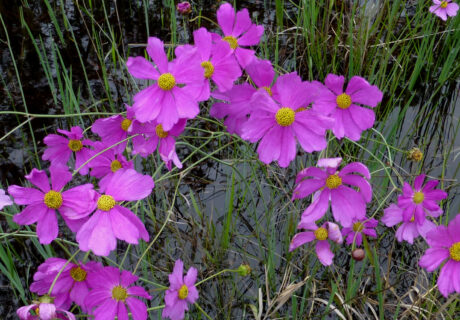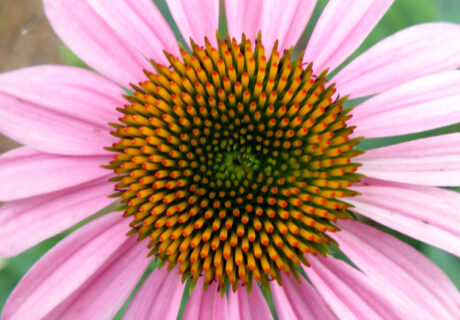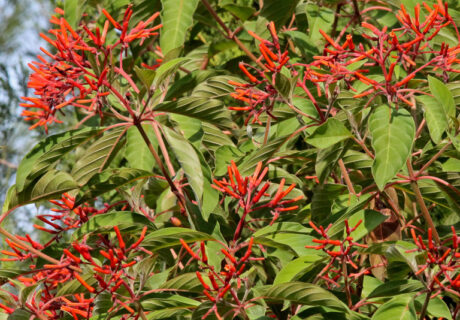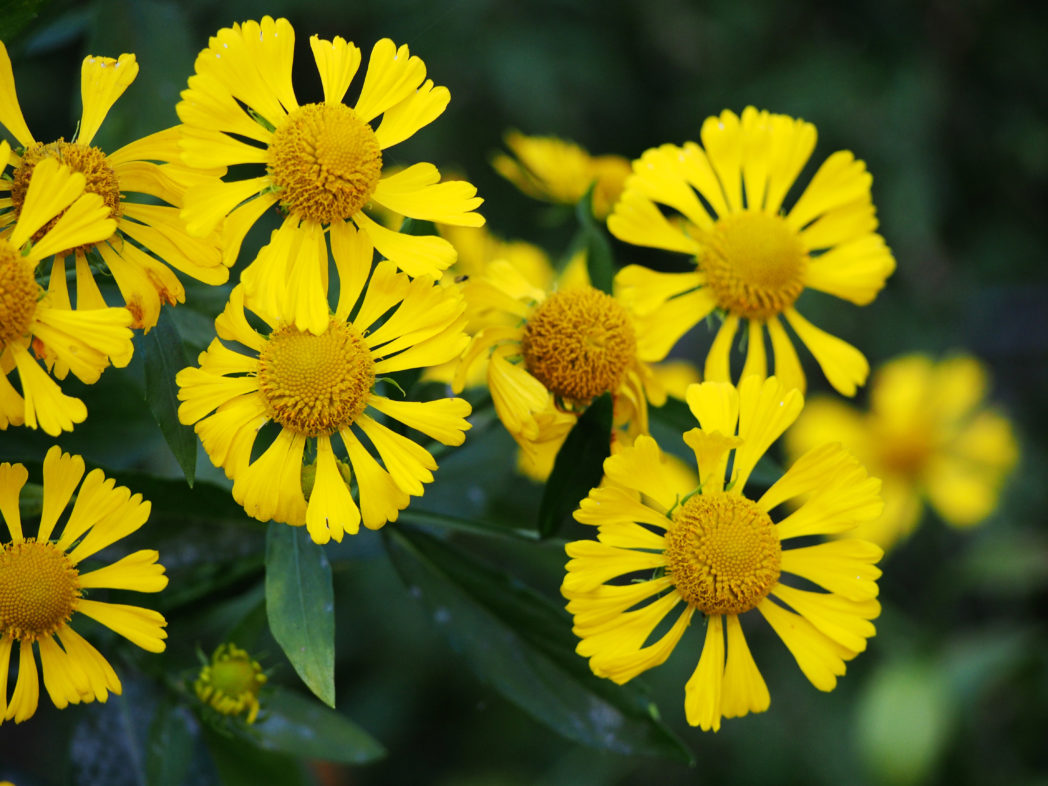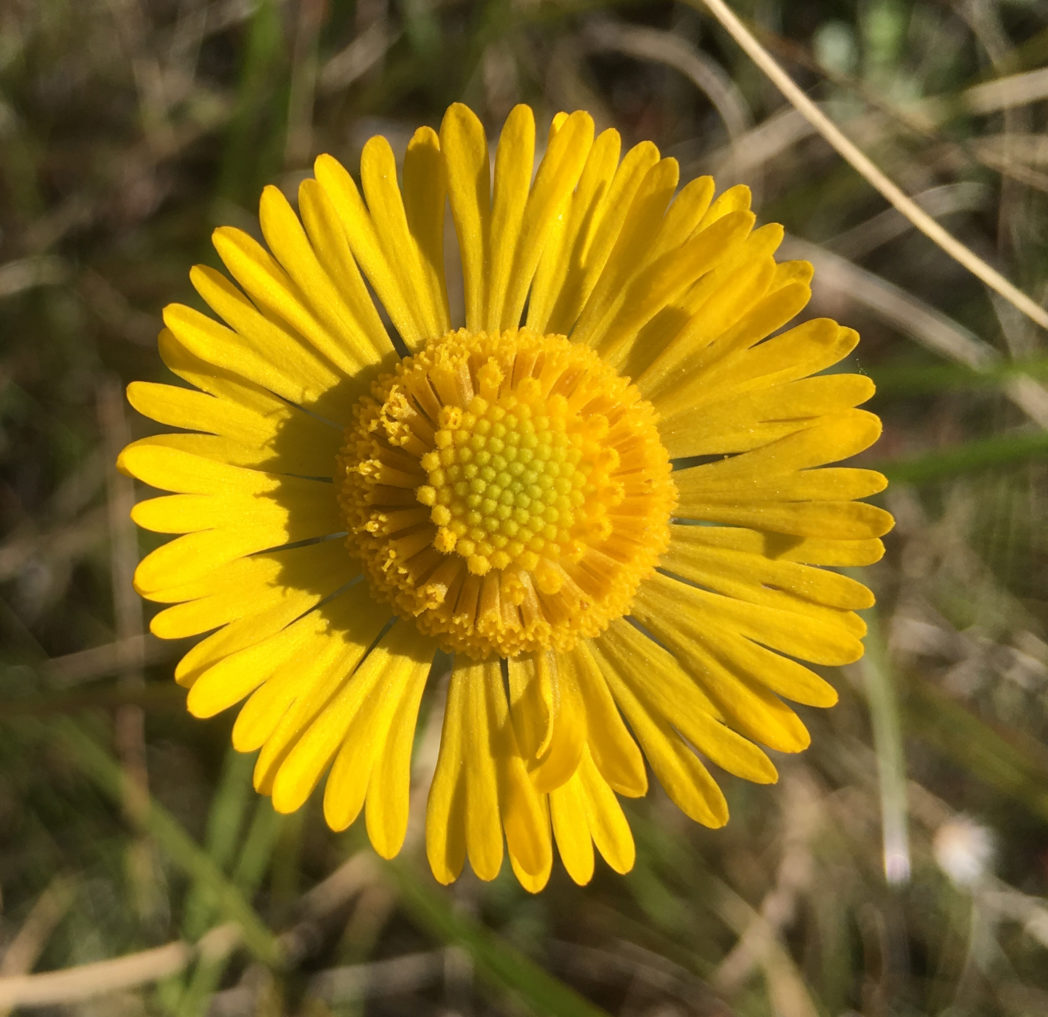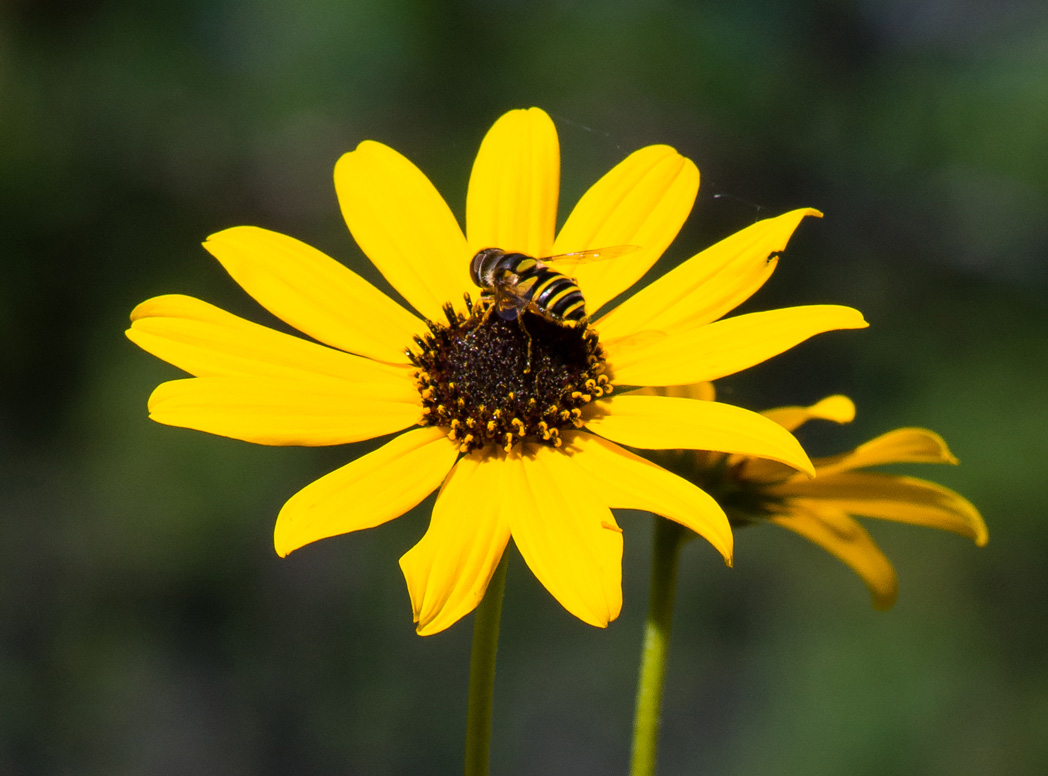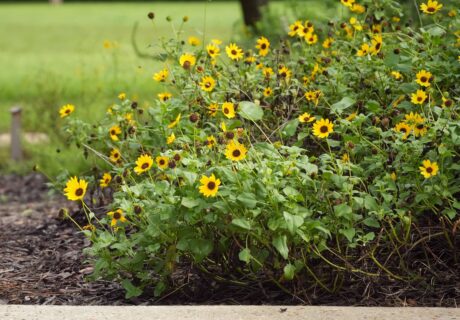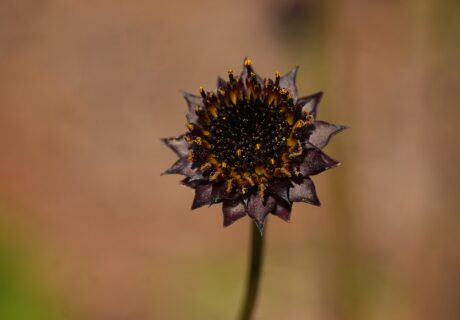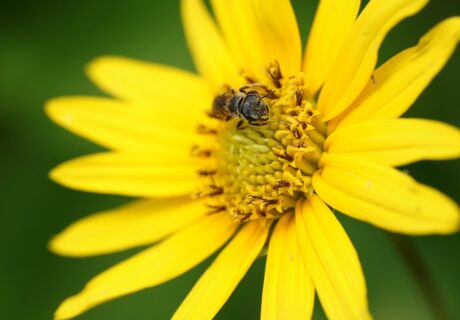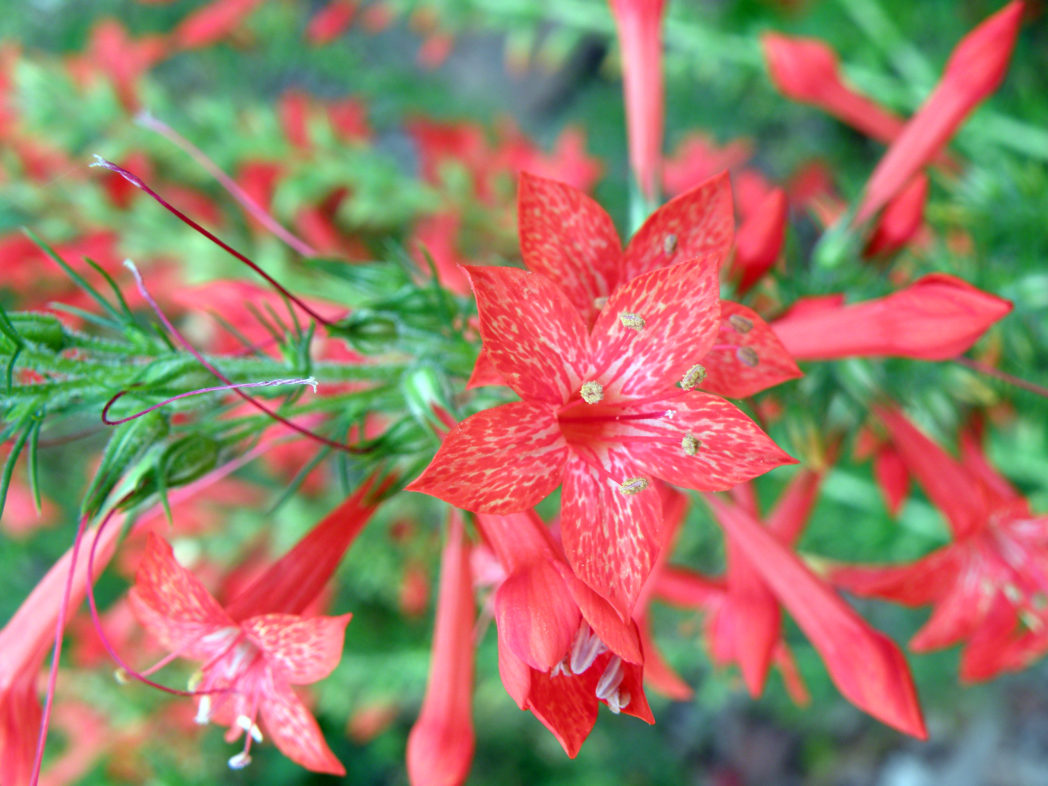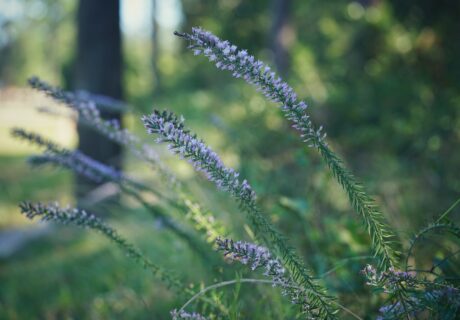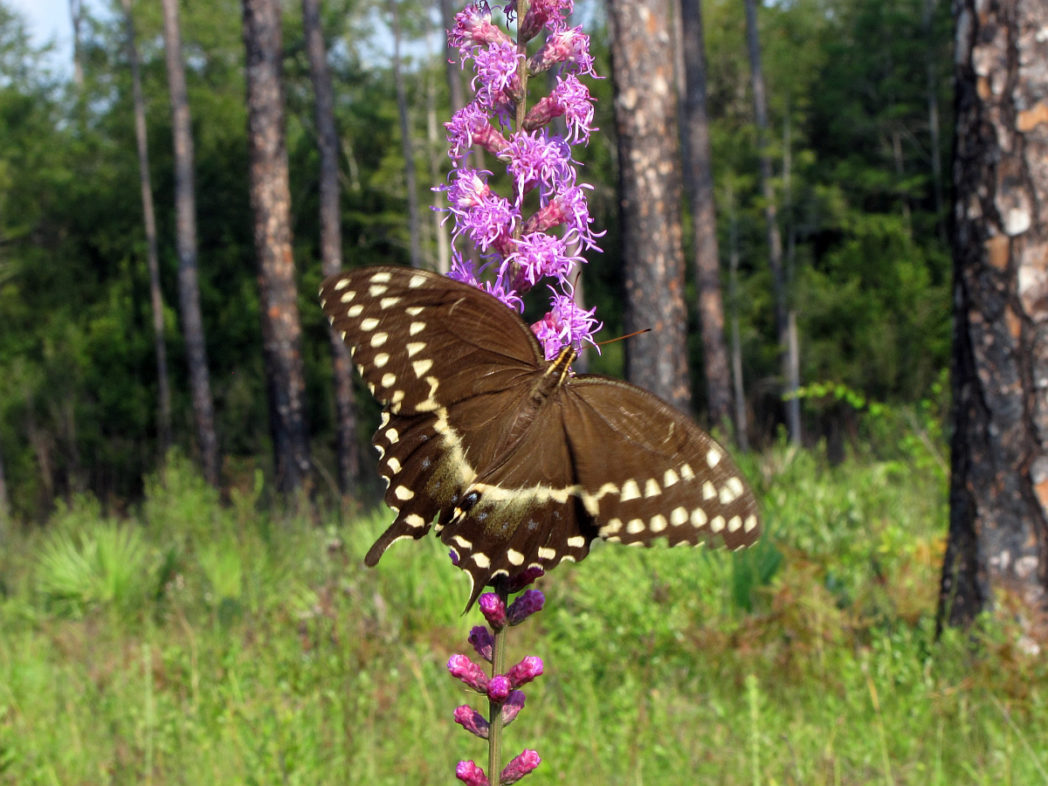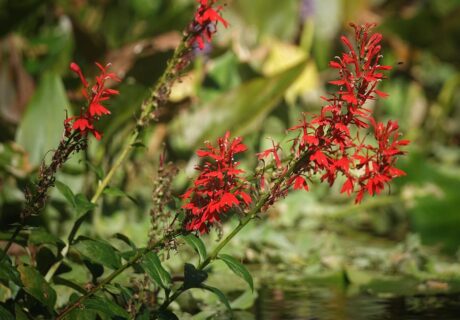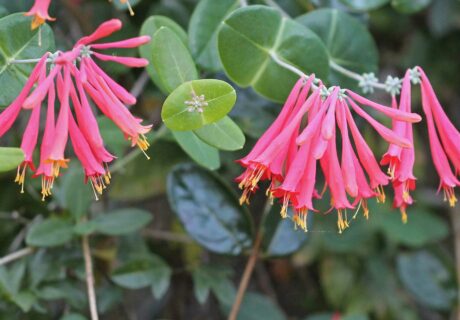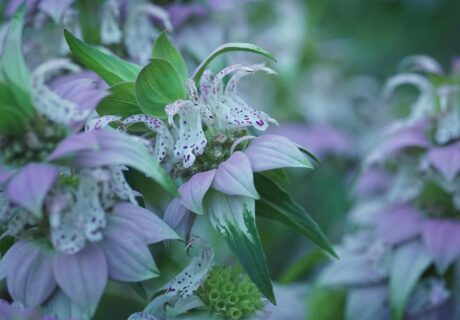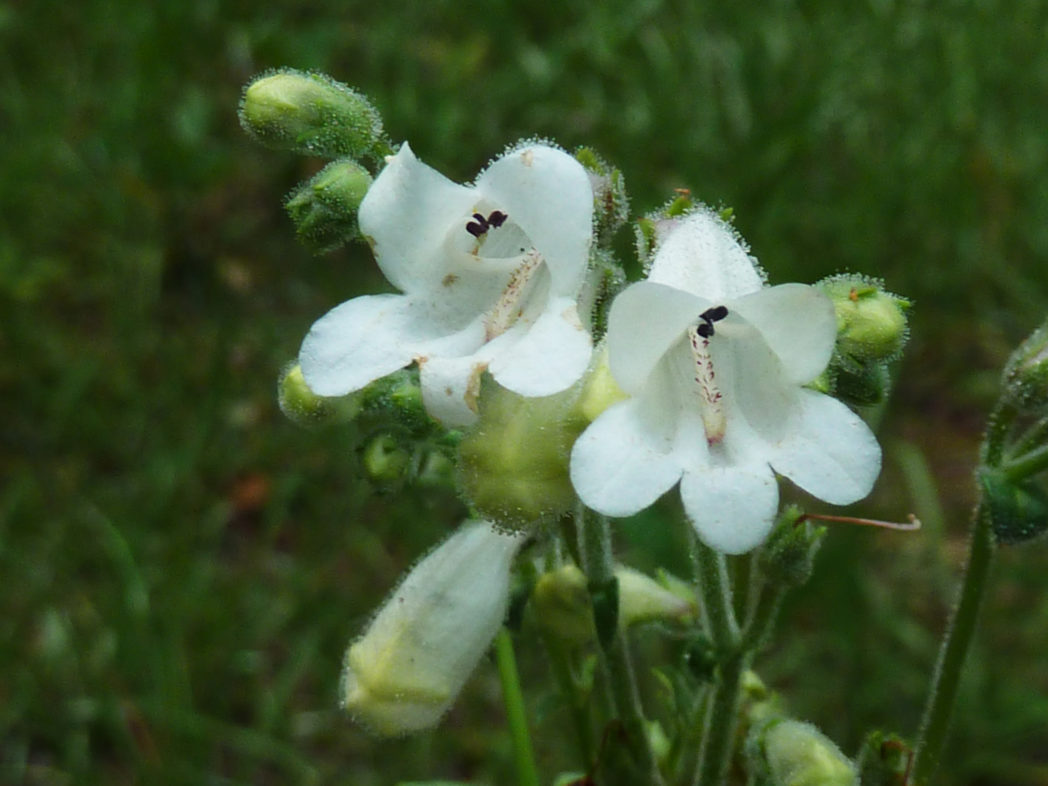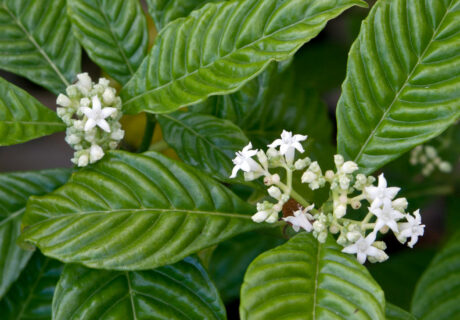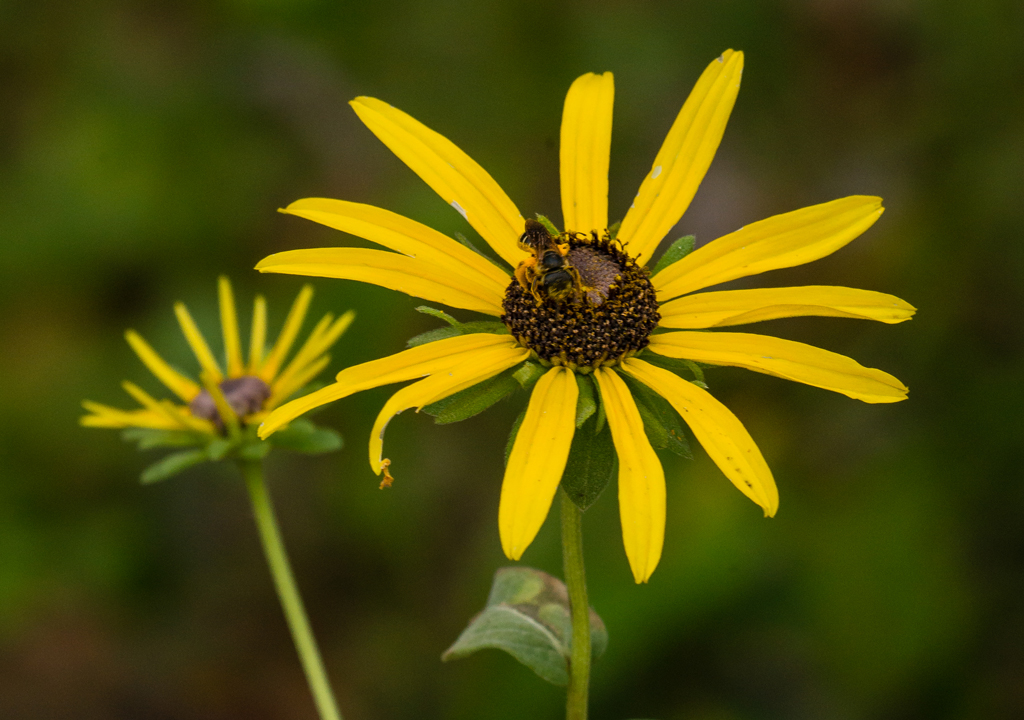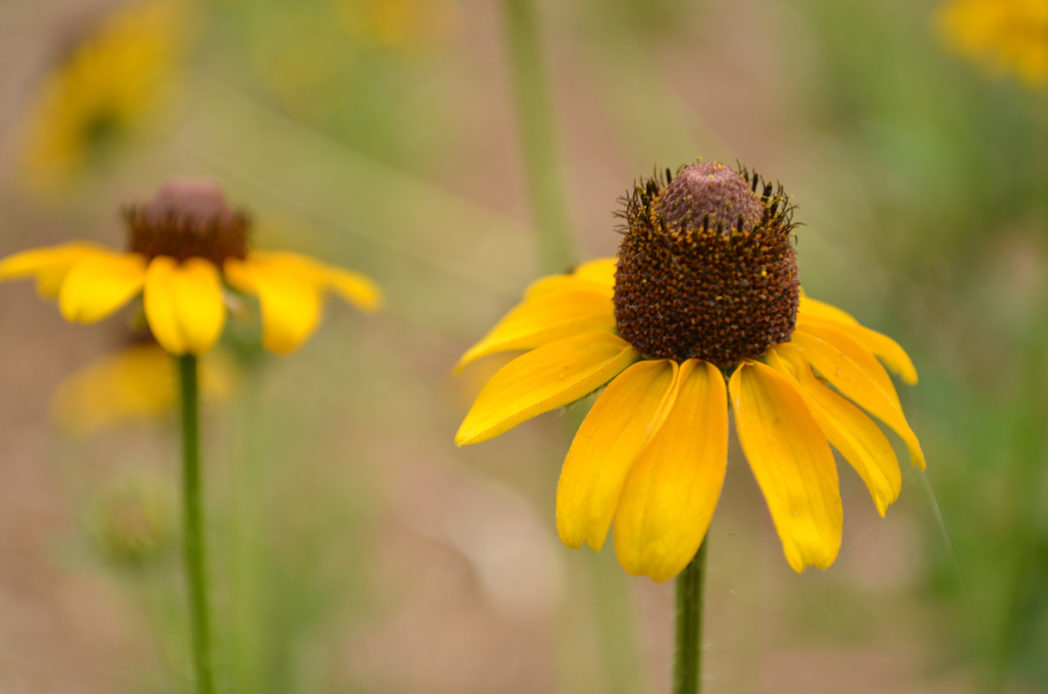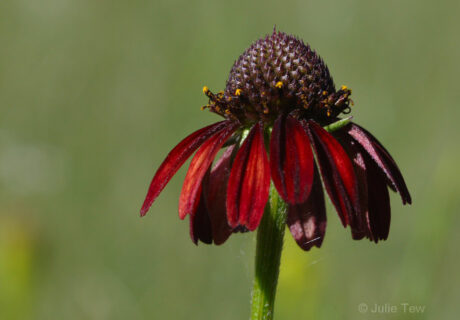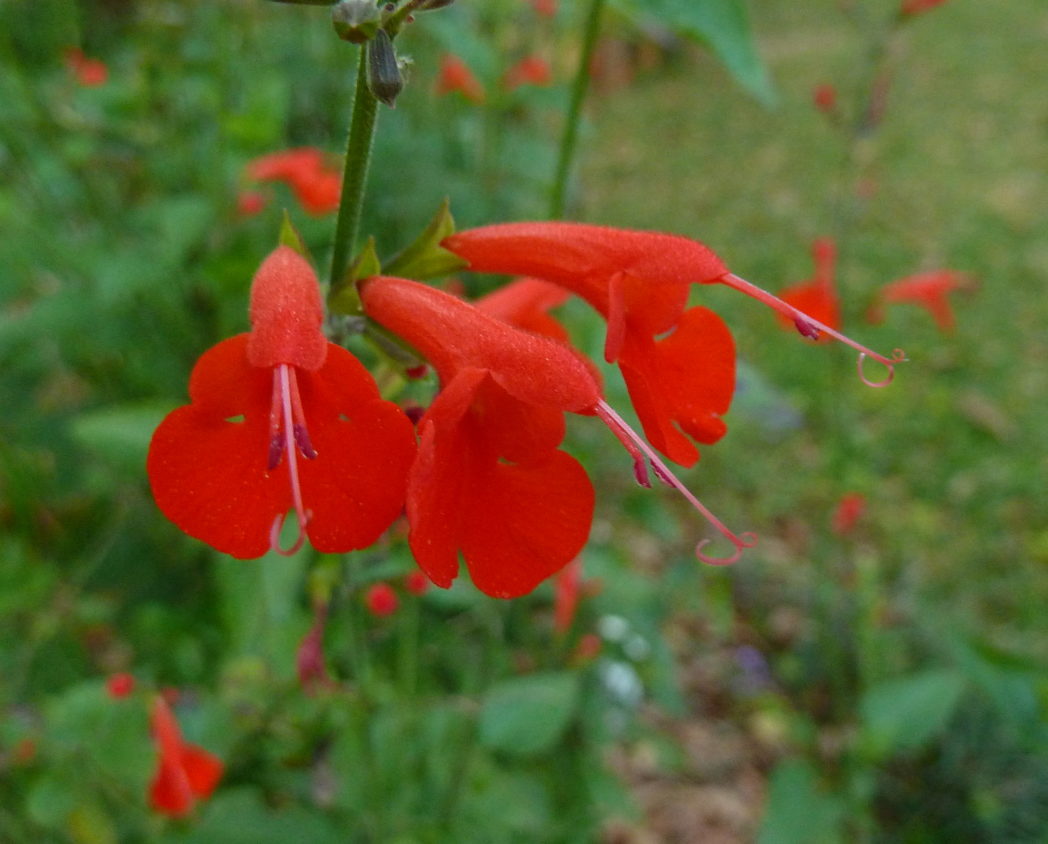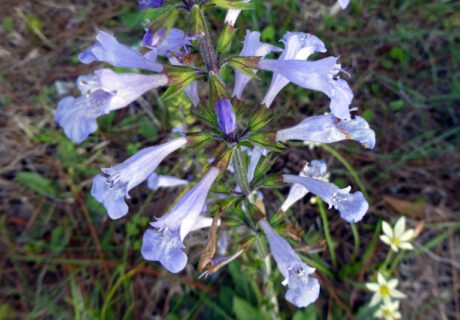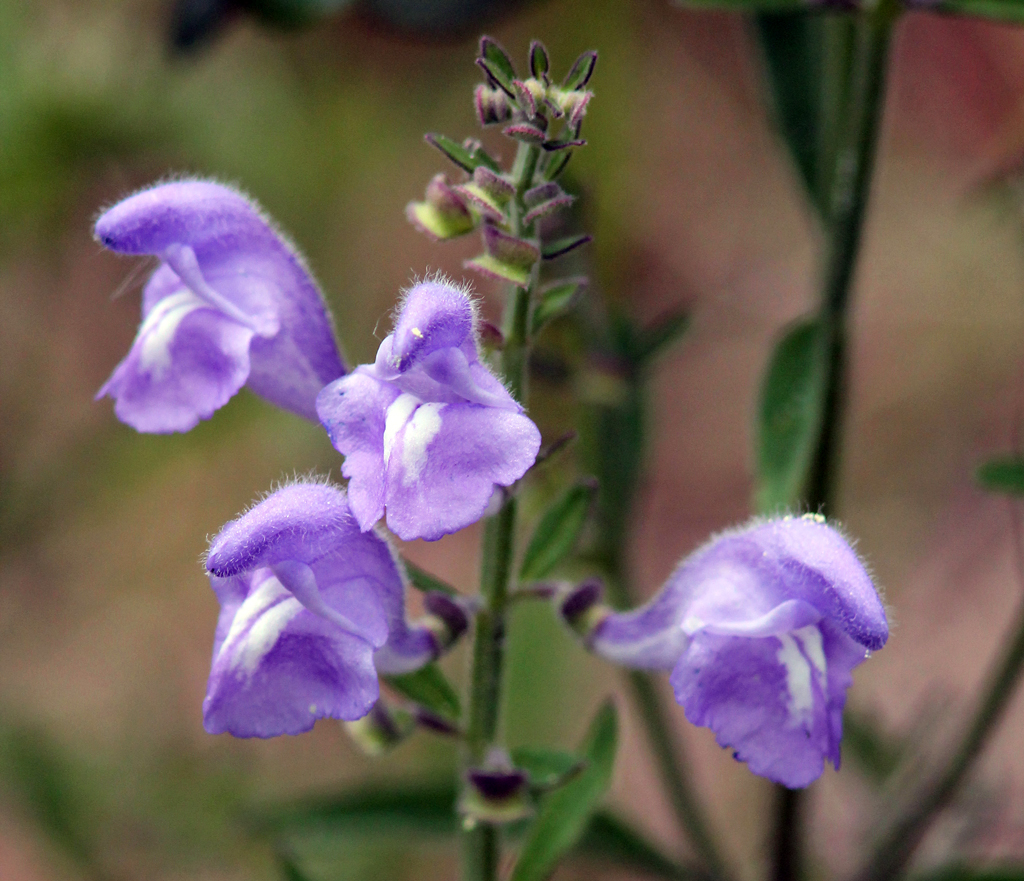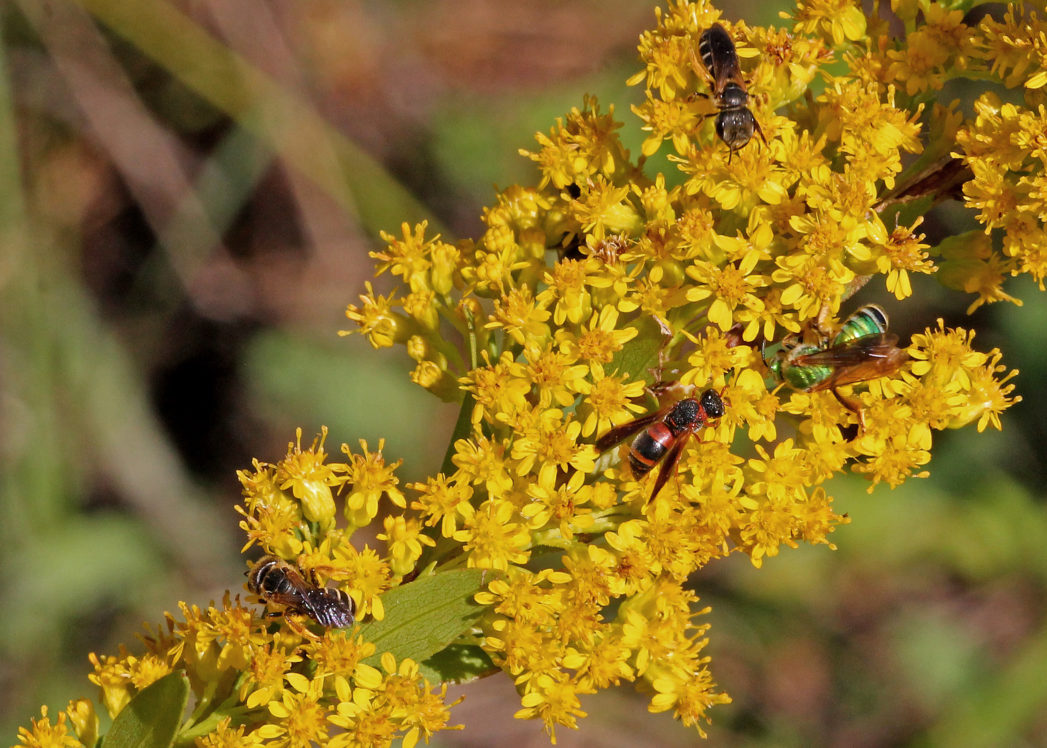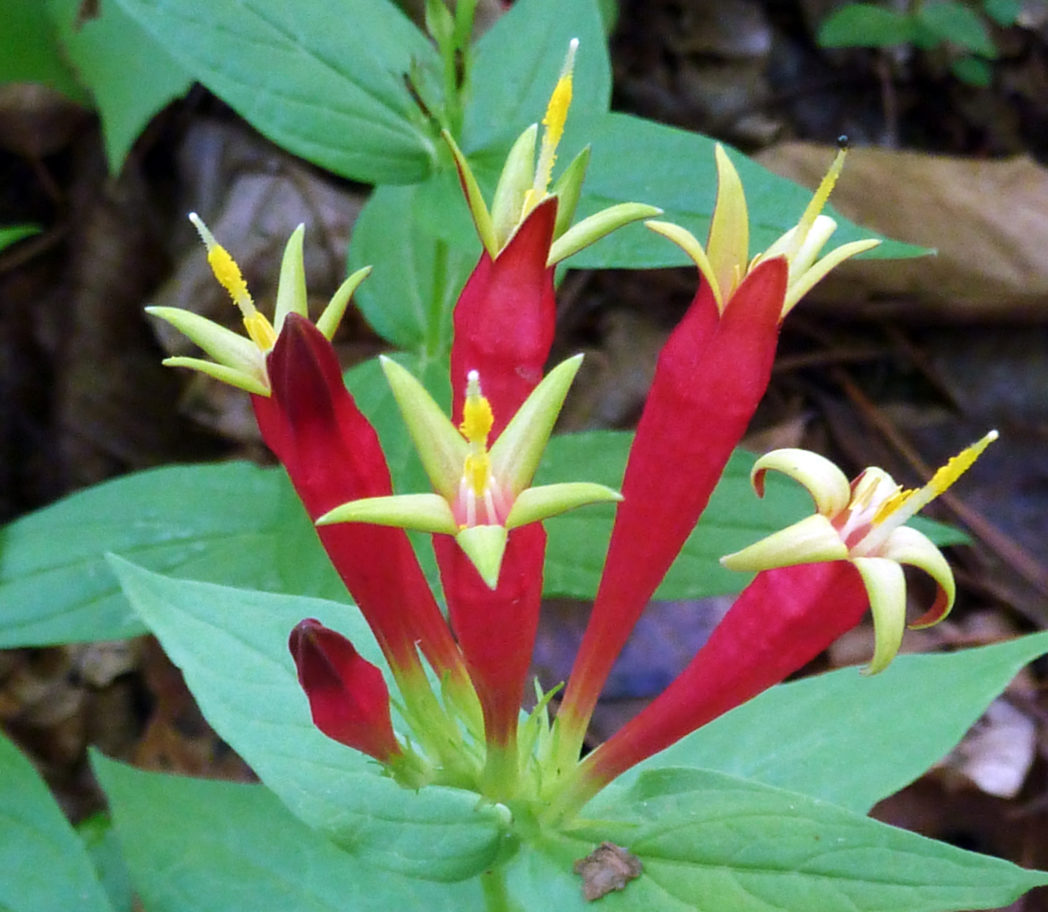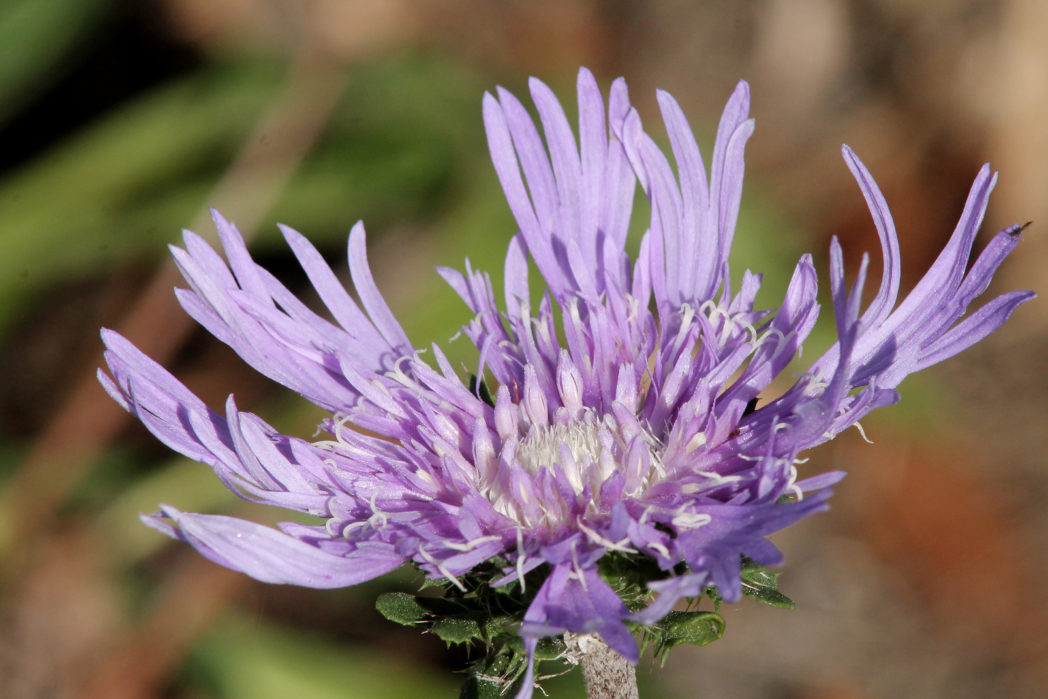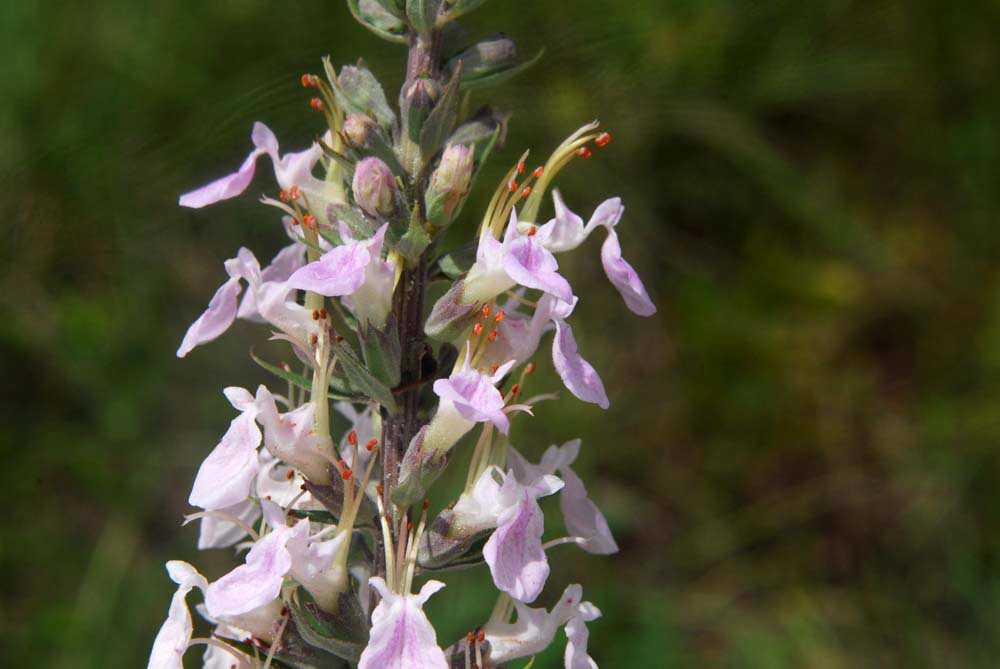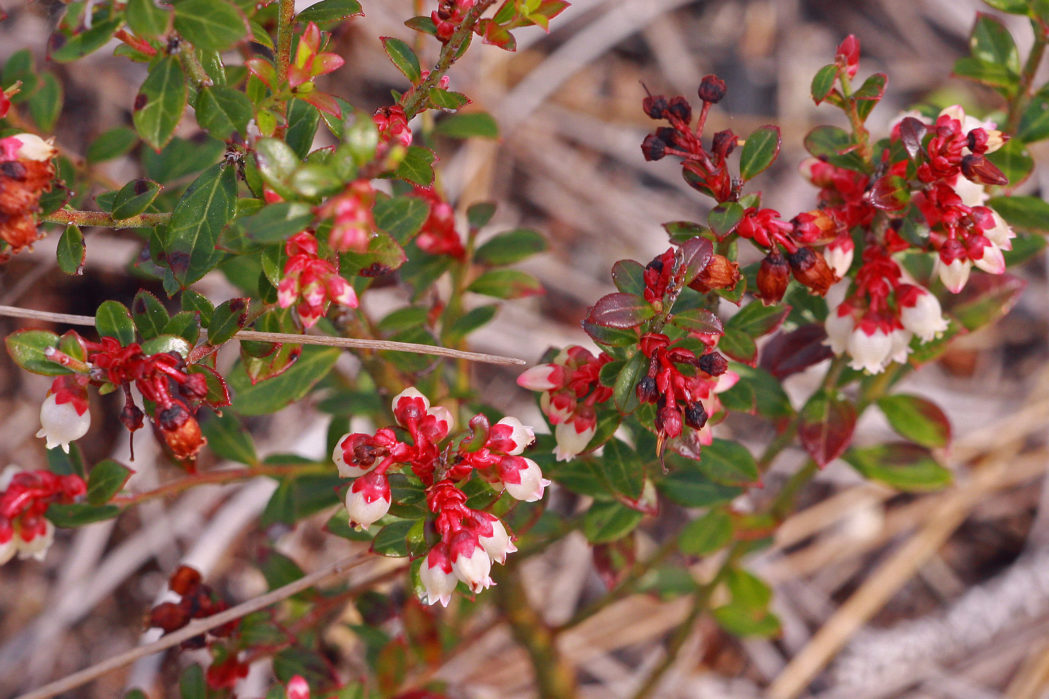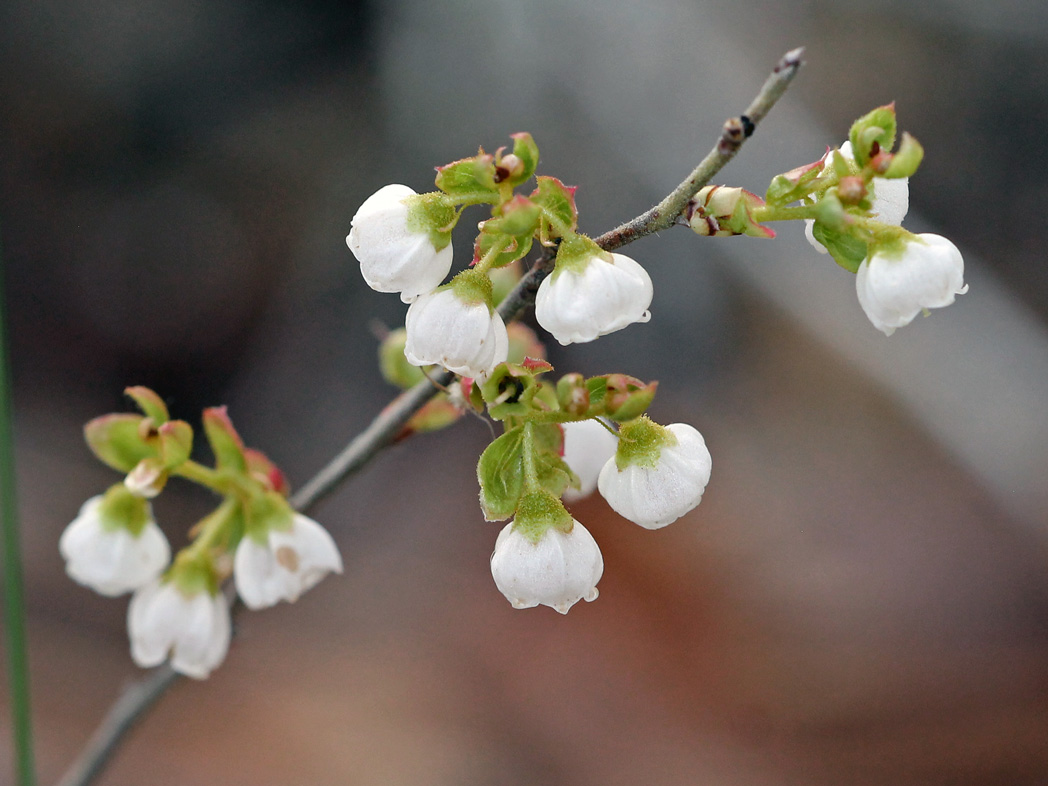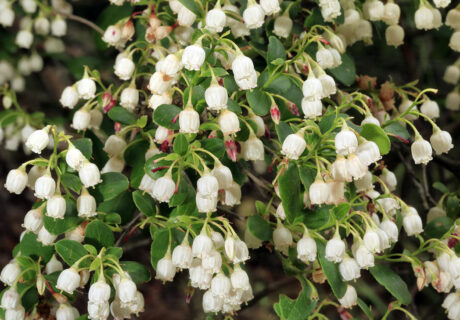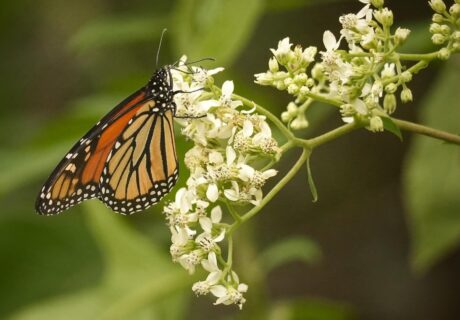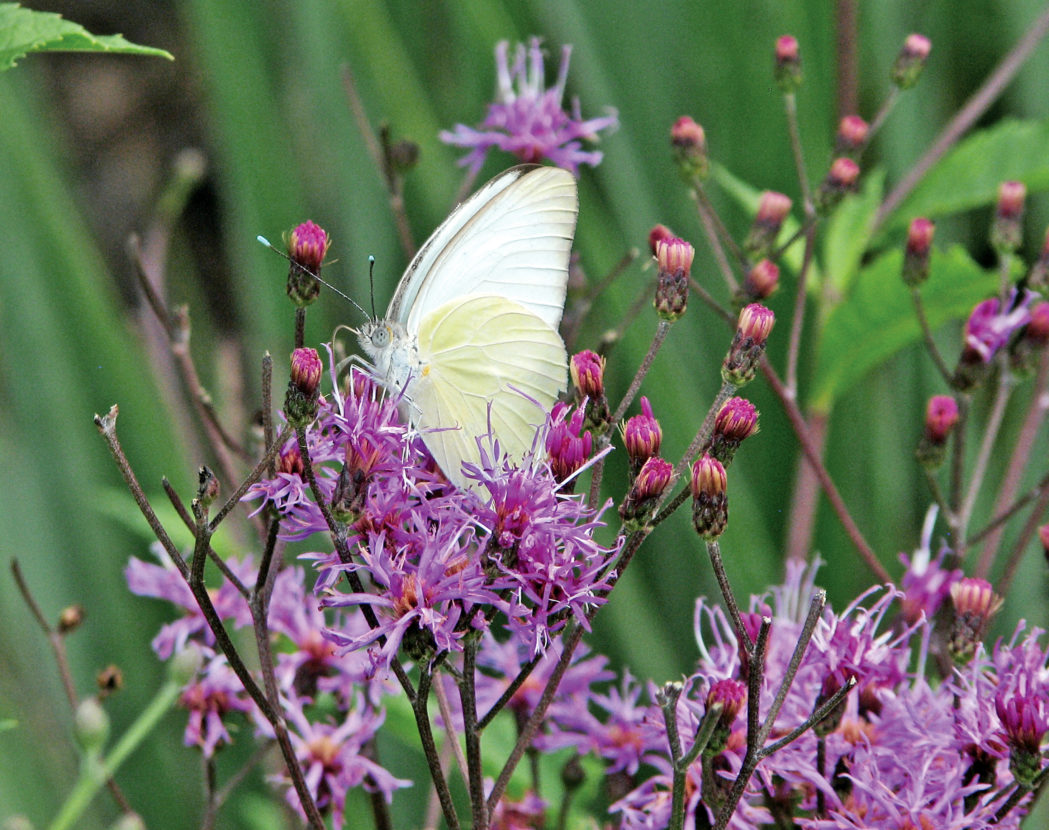Attracting Birds
with Florida’s Native Wildflowers
Landscaping with Florida’s native wildflowers and plants provides refuge for birds, bees and butterflies while creating “habitat highways” through urban settings.
Add wildflowers to your landscape now to help birds thrive!
To bring birds into your landscape, plant a variety of Florida native wildflowers that provide food and habitat. Include species that produce nectar and seeds, attract insects, and offer shelter.
Wildflowers for nectar
Hummingbirds gather nectar from wildflowers with tubular flowers. Many flowers produce fruit that other birds will eat.
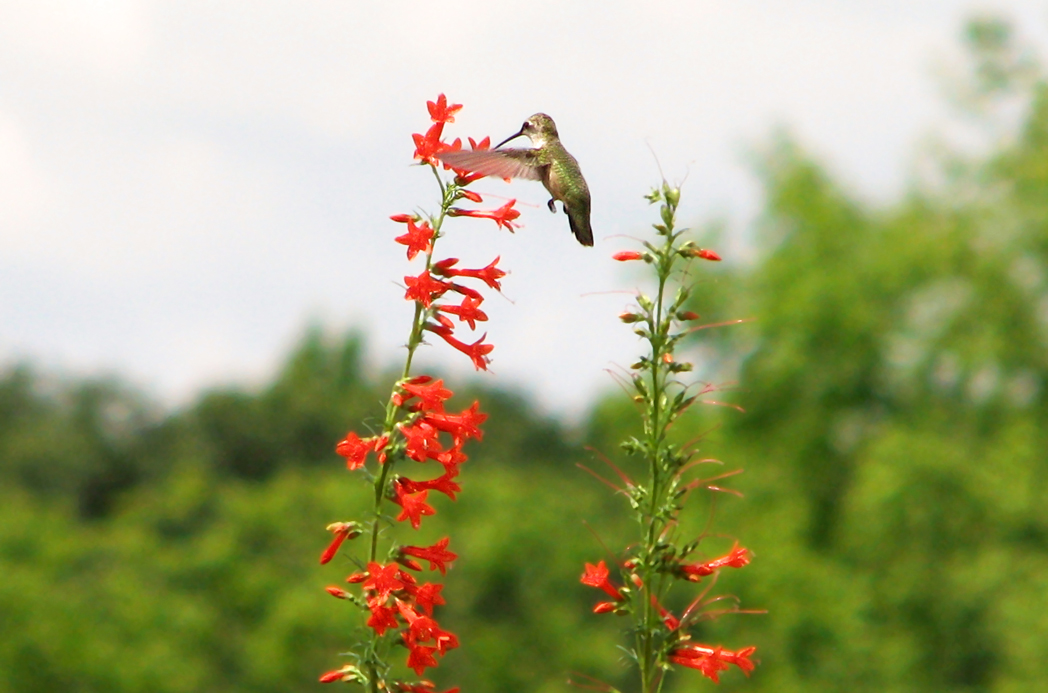
Wildflowers for insects and caterpillars
Most birds feed insects to their chicks, and many insects visit wildflowers for nectar and pollen. Insect-eating birds include goldfinches, chickadees, titmice, cardinals, grosbeaks, wood warblers, blue jays, sparrows, thrashers, nuthatches, crows and mockingbirds. Some great Florida wildflowers to plant for attracting insects are:
- Dotted horsemint (Monarda punctata)
- Blazing star (Liatris species)
- Goldenrod (Solidago species)
- Black-eyed Susan (Rudbeckia species)
- Frostweed (Verbesina virginica)
- Skullcap (Scutellaria species)
- Sneezeweed (Helenium species)
- Stokes’ aster (Stokesia laevis)
- Sage (Salvia species)
- Germander (Teucrium canadense)
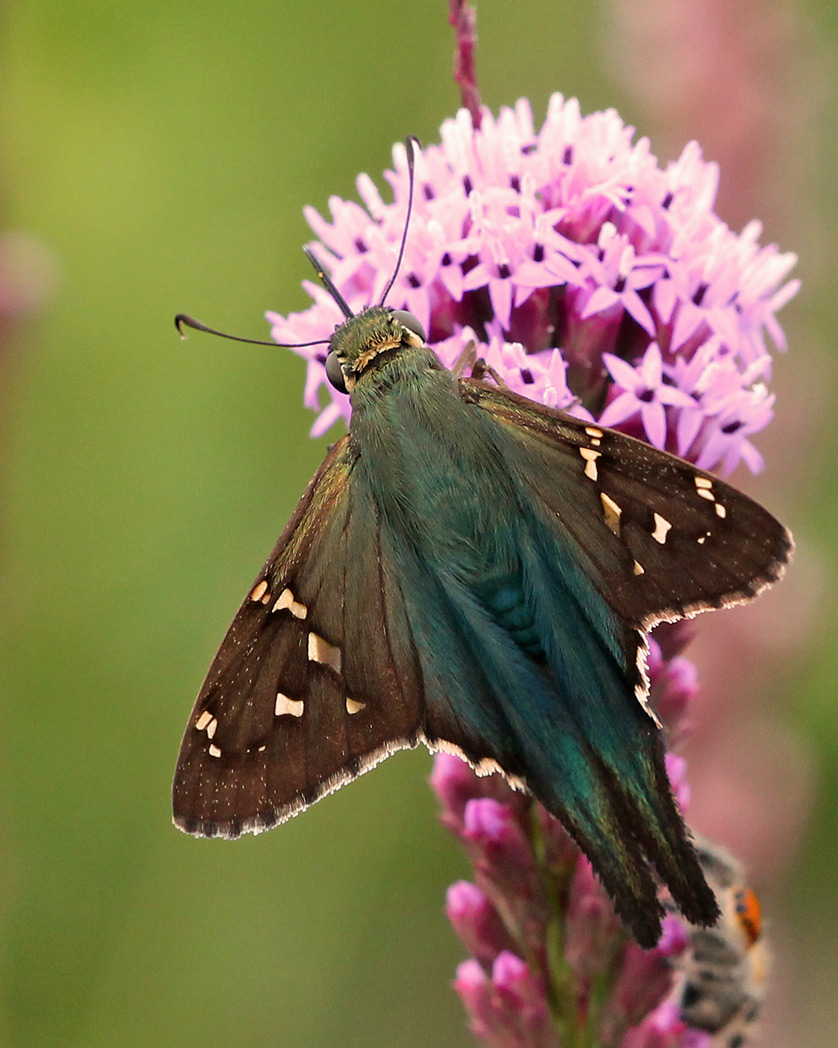
Wildflowers for seeds
Sparrows, warblers, finches, nuthatches, titmice, chickadees, cardinals and indigo buntings feed on seeds, as well as larger birds like thrashers, redwing blackbirds, bobwhites, doves, mockingbirds, catbirds and grosbeaks. After wildflowers have bloomed, leave seedheads on the plants for birds. Other flowerheads may shatter, scattering seeds on the ground that attract smaller birds, such as finches.
- Coneflowers (Echinacea purpurea and Rudbeckia species)
- Eastern gamagrass (Tripsacum dactyloides)
- Little false bluestem (Schizachyrium scoparium)
- Ironweed (Vernonia species)
- Tickseed (Coreopsis species)
- Beggarticks (Bidens species)
- Blanketflower (Gaillardia pulchella)
- Sunflowers (Helianthus species)
- Sage (Salvia species)
- Thistle (Cirsium species)
- Mistflower (Conoclinium coelestinum)
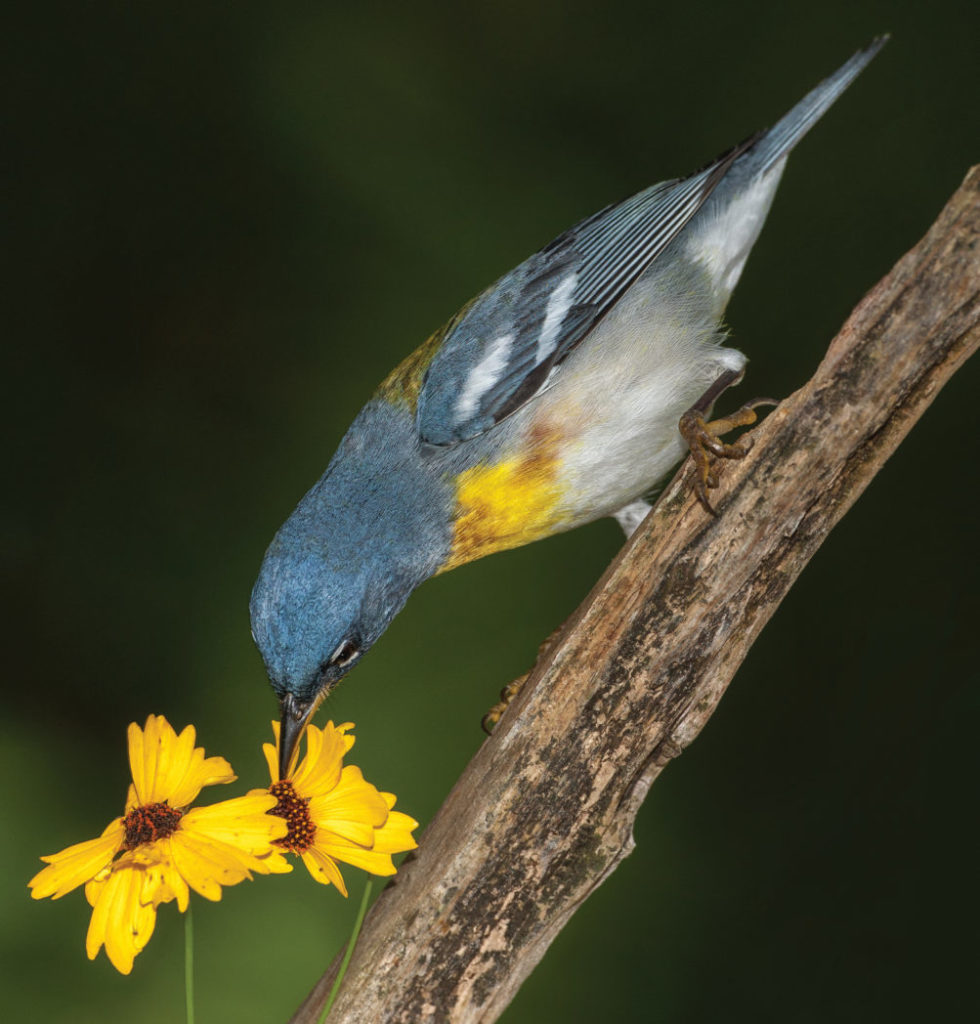
Gardening tips
- Choose a diversity of wildflowers that bloom across the seasons.
- Include species of various heights.
- Cluster wildflowers in groups of 3 or more of each species.
- Leave space in your plantings for growth and movement.
- Include native trees such as oaks, black cherry, maples and pines that provide insects.
Remember: Decomposing leaf litter used as mulch is also a source for insects. - Add a birdbath to complete your bird sanctuary.
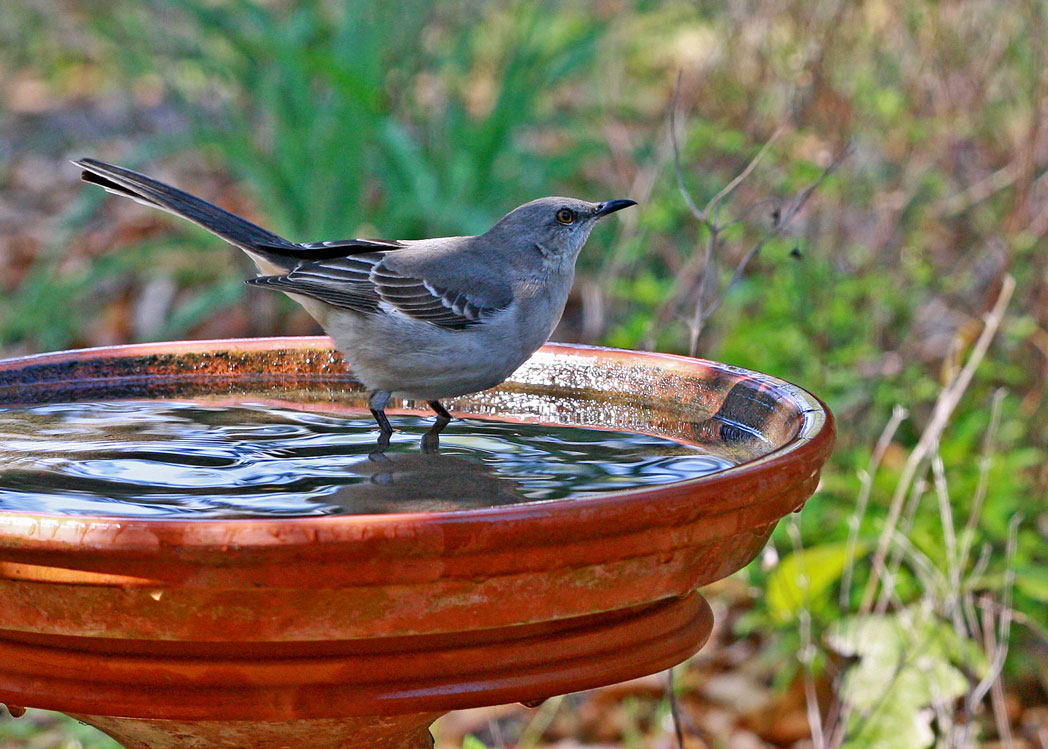
Great wildflowers for birds
The following native wildflowers and plants work well in home landscapes and provide food and resources for native birds.

